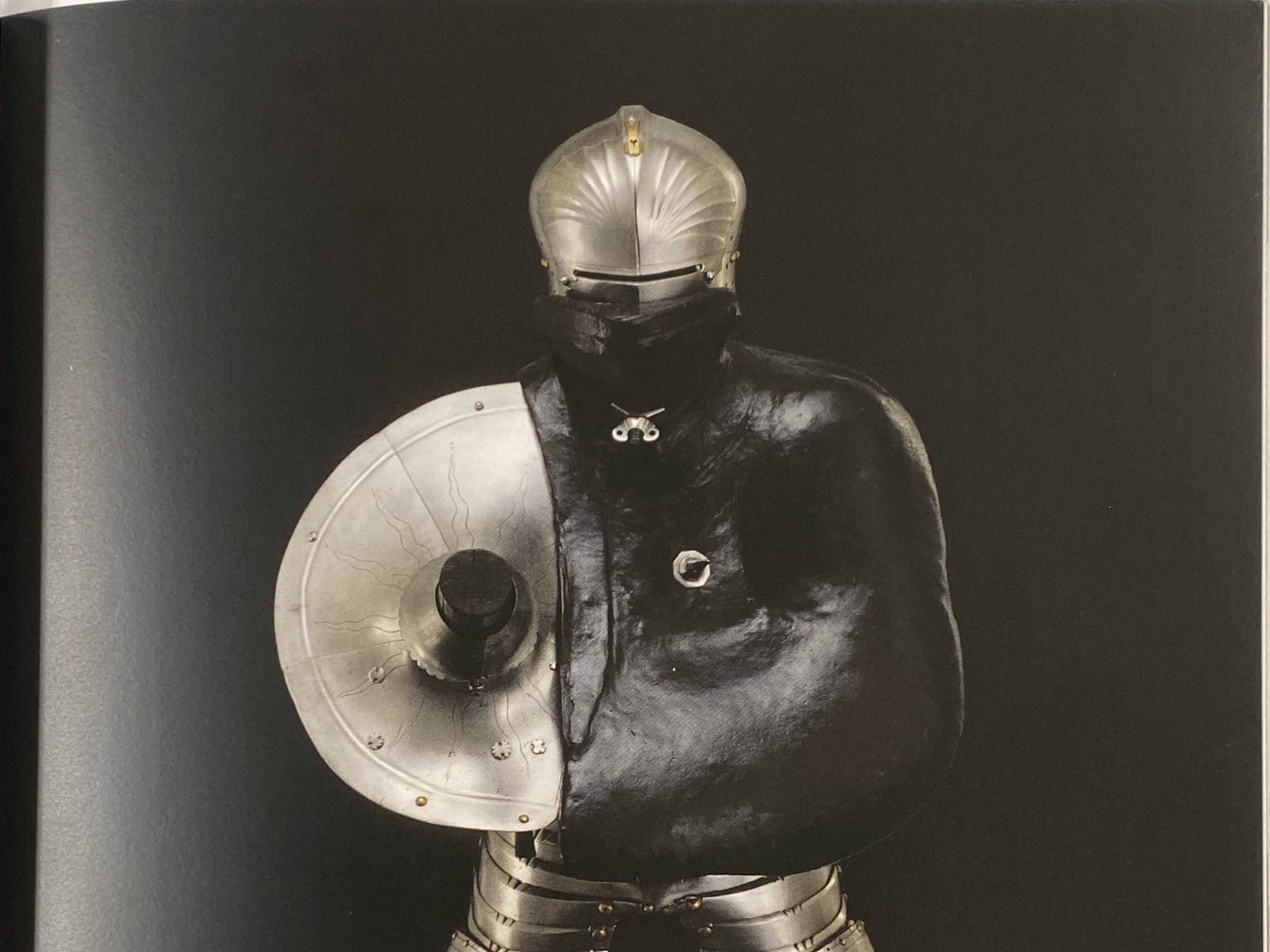Plated Vulnerability

Traditionally, Medieval armour’s primary function was to protect its wearer from physical attacks. However, adornment was a major way in which the owner could demonstrate their influence and status. Engraving, stone setting and lavish fabrics were used to heighten the aesthetic qualities of the armour. Whilst providing no physical advantage, in battle it exhibited power.
I explored the idea of using adornment to display the wearer’s vulnerabilities rather than their status, turning armour’s historical use of protection into exposure. I investigated my own vulnerabilities through the placement of the piece on the shoulder, broadening and emphasising it. As well as embellishing the piece with text from my personal diary by debossing the script into aluminium.
During my trip to the Royal Armouries Museum Leeds, I was drawn to the damaged and imperfect suits of plate and the additional layer of detail that texture brought. Furthermore, whilst testing the interaction between script and formed sheet metal, I found hammering the copper and brass to add texture created a cohesive aesthetic with the debossed aluminium.
I took design inspiration from a range of European styles from throughout the 14th to 16th Centuries to construct a wearable that both covered and enhanced the body’s features. I extracted the fluted and symmetrical designs of the Germanic armouries to create uniform, smaller pieces that balance the large asymmetrical, organic shoulder piece. This wraps around from front to back of the wearer, shielding their face and identity whilst simultaneously focusing the viewer’s attention to my insecurities.
The wearable explores exposure further by removing movement. Unlike traditional armour, which was designed to with unrestricted motion, I sought to entrap the wearer forcing them to be present inside a piece of jewellery that is designed to showcase their vulnerabilities. I took inspiration from traditional sword handles and armour designed to deflect harm and investigated forms that grab hold of emotion and entangle them onto the body.
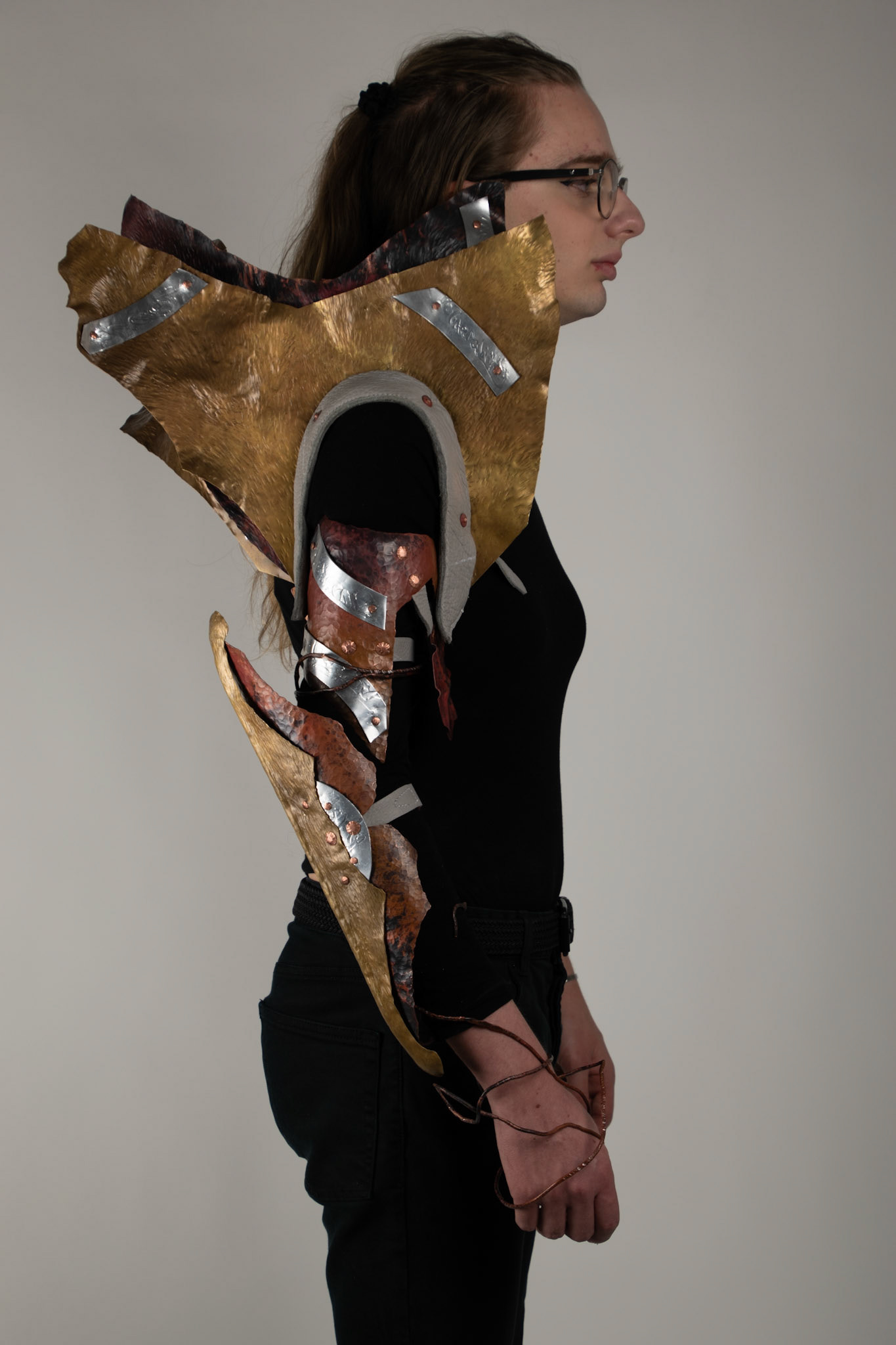
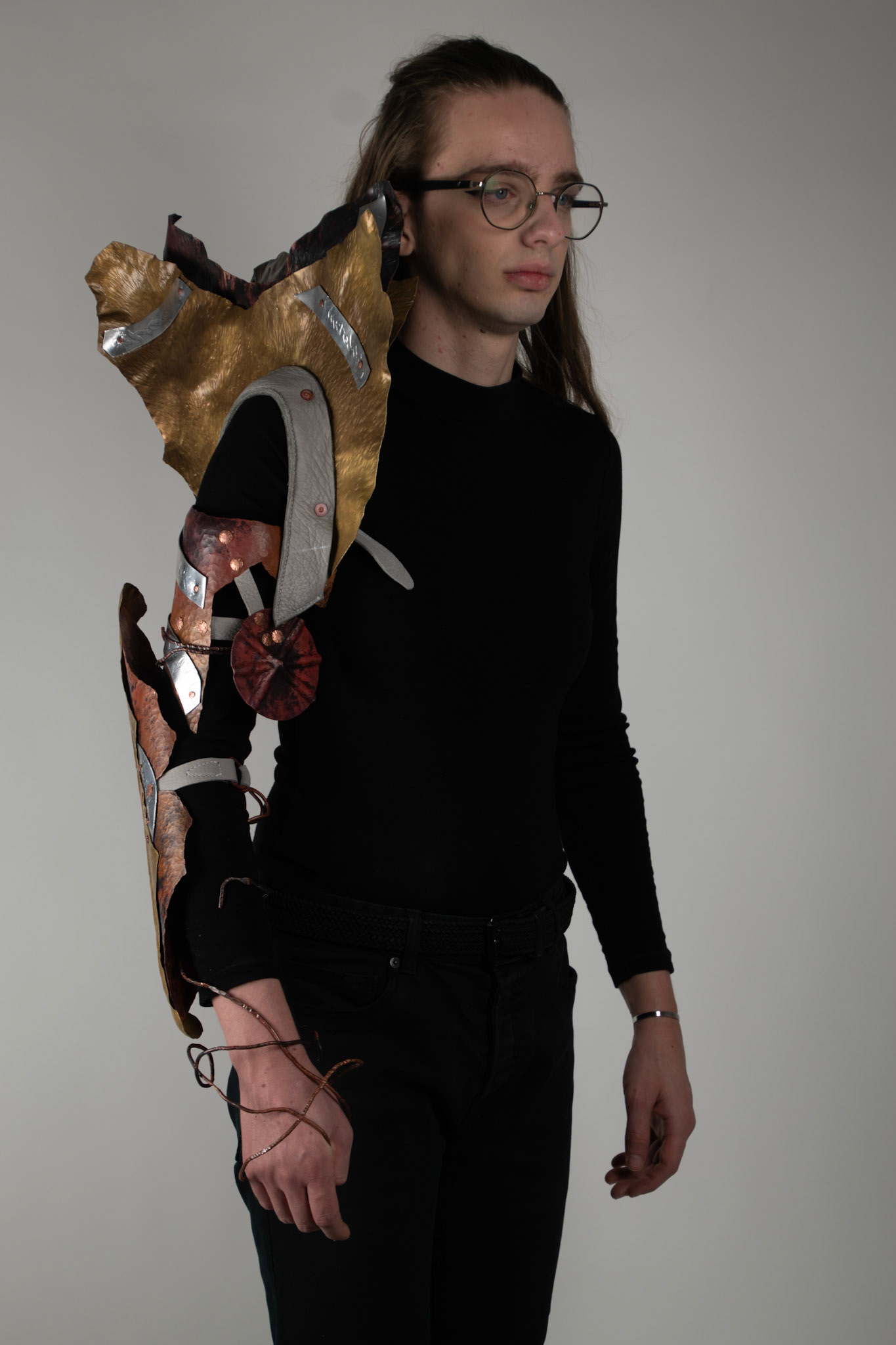
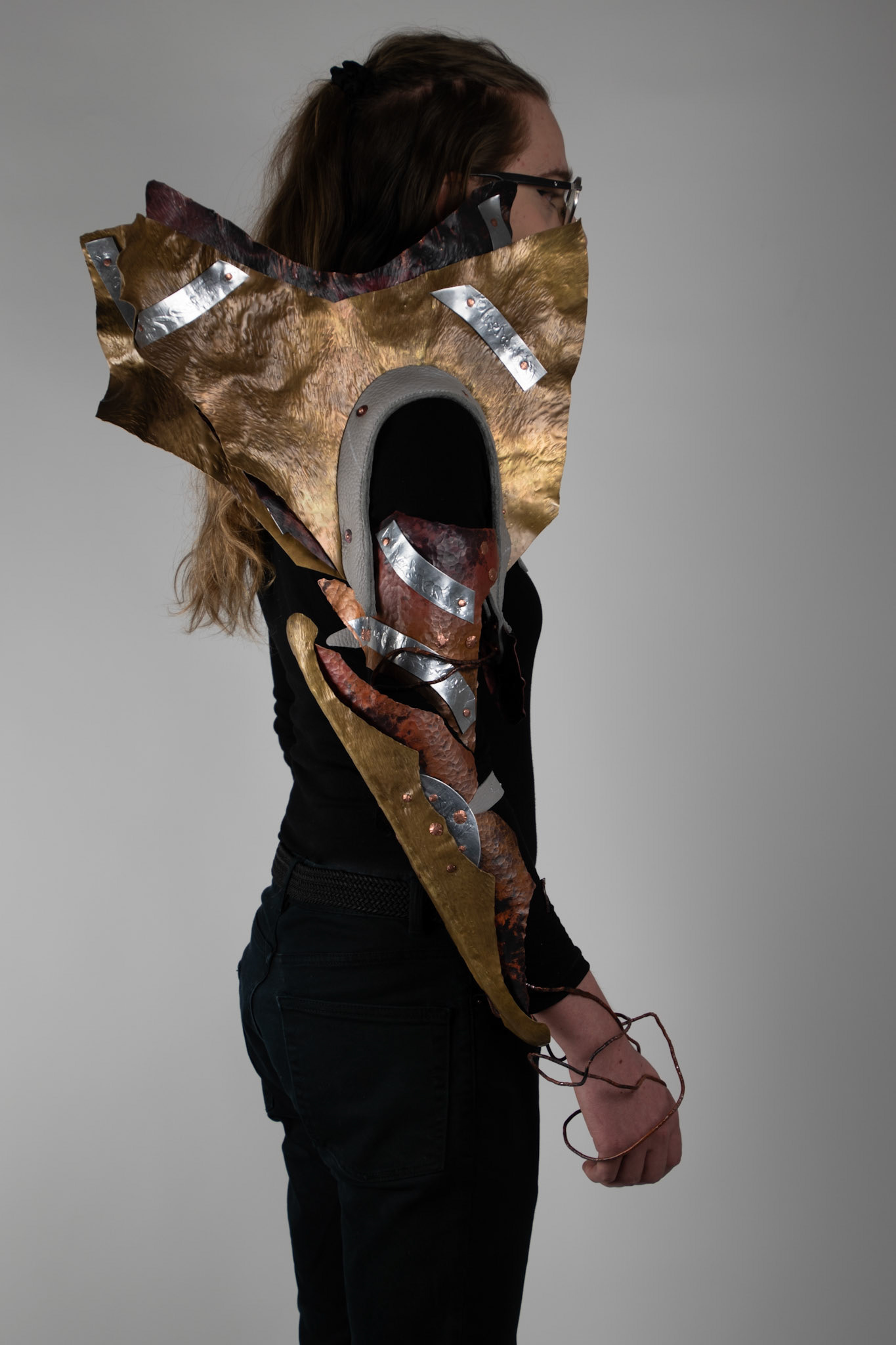


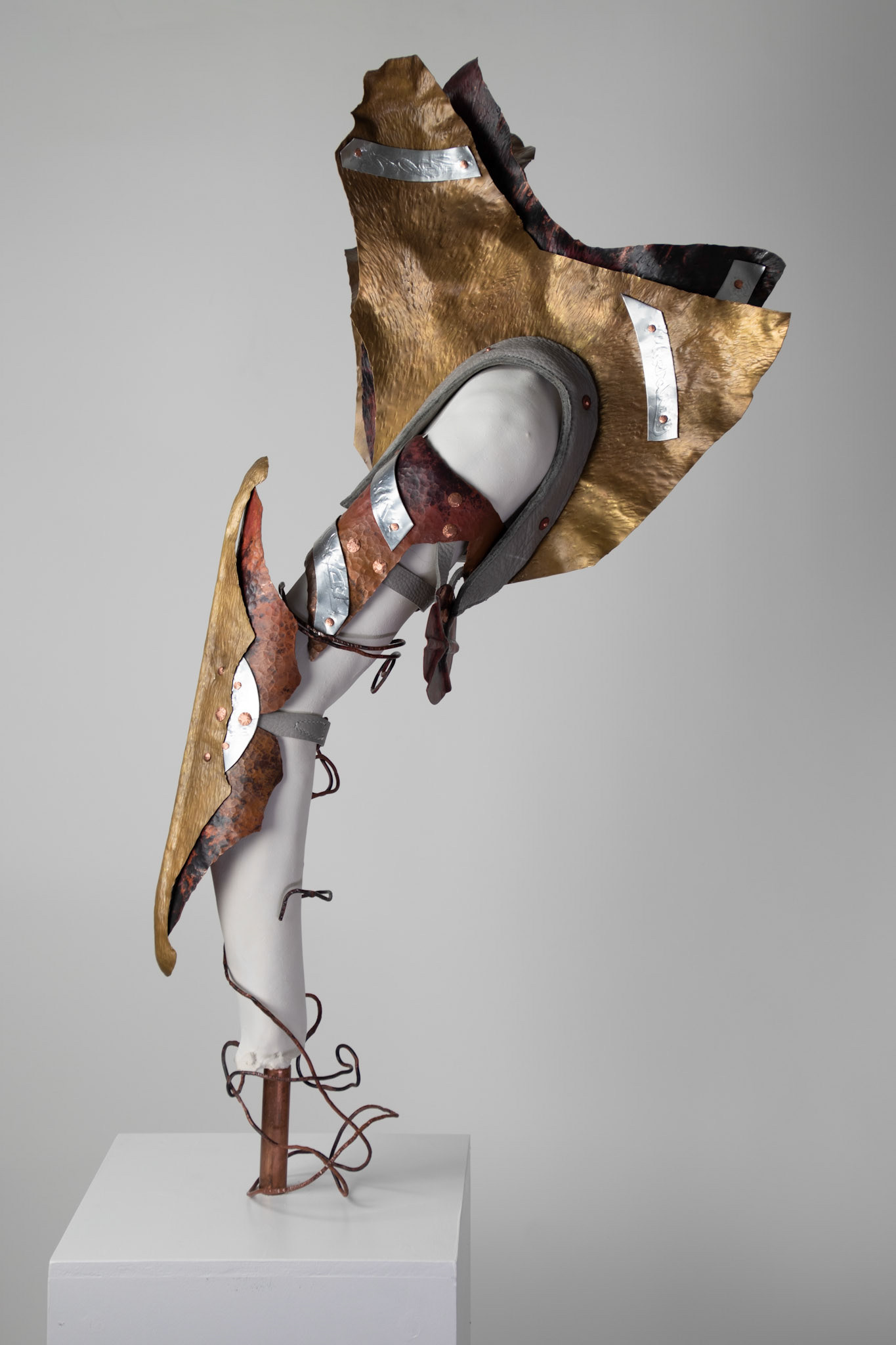
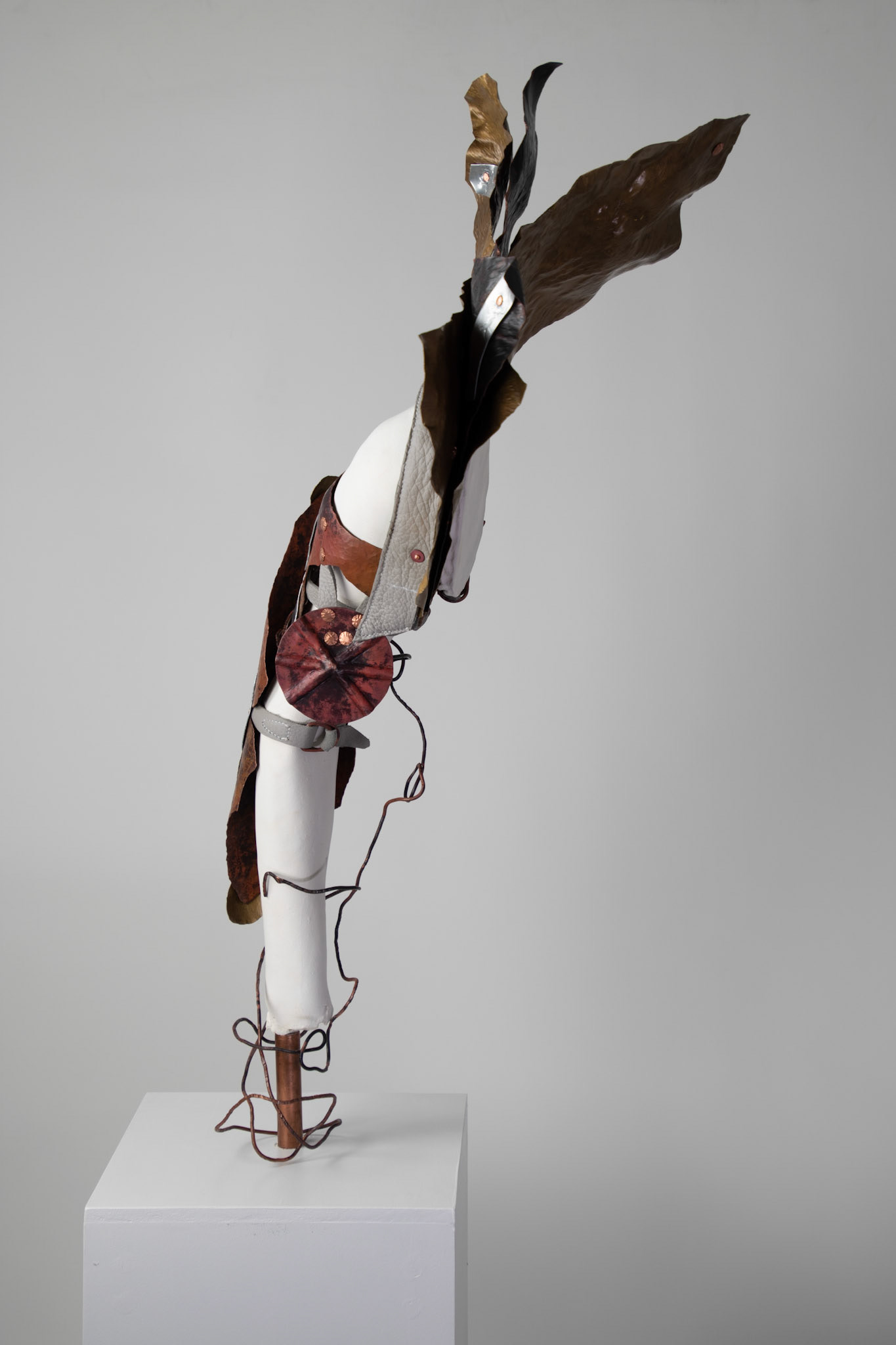
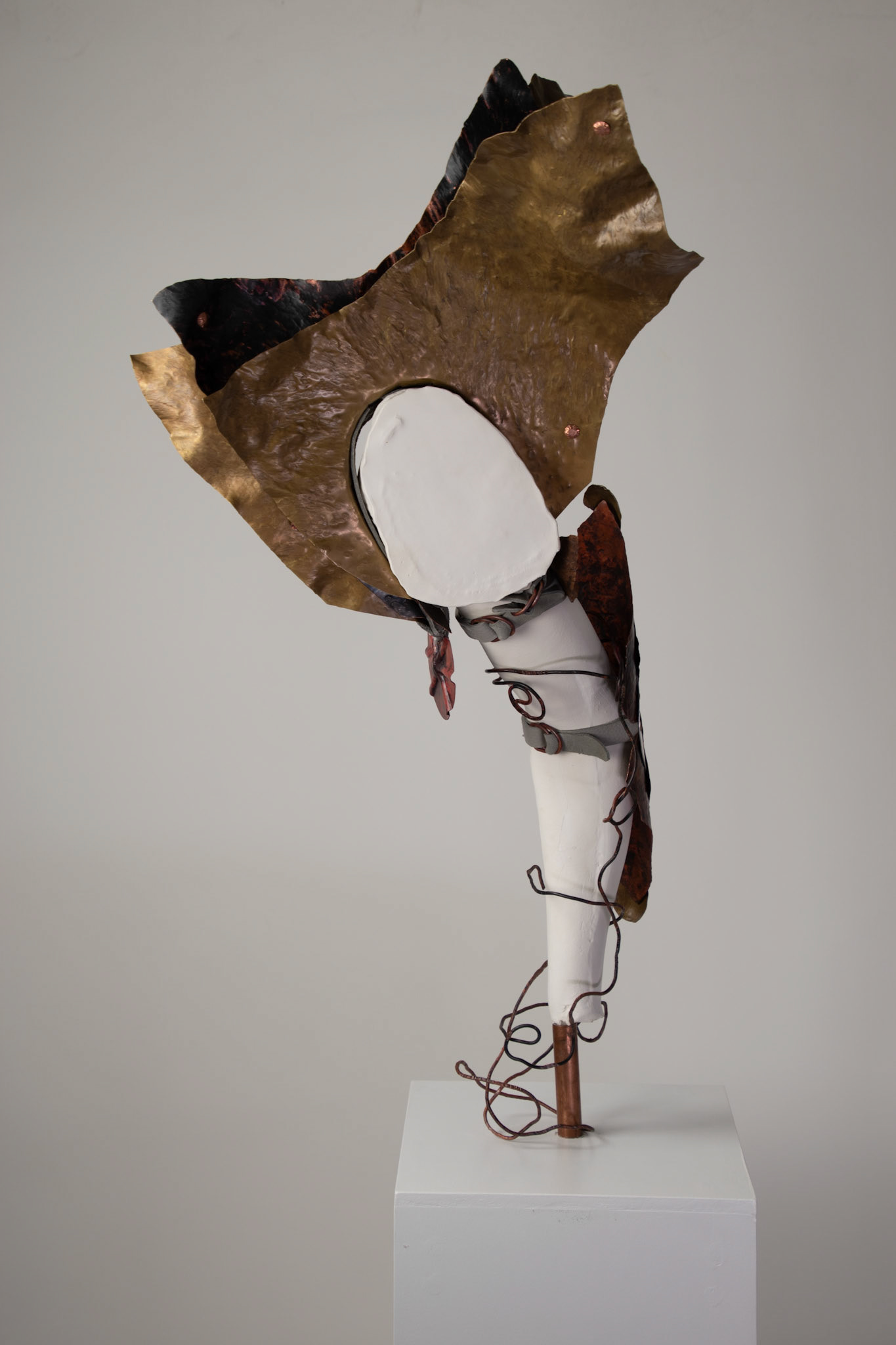


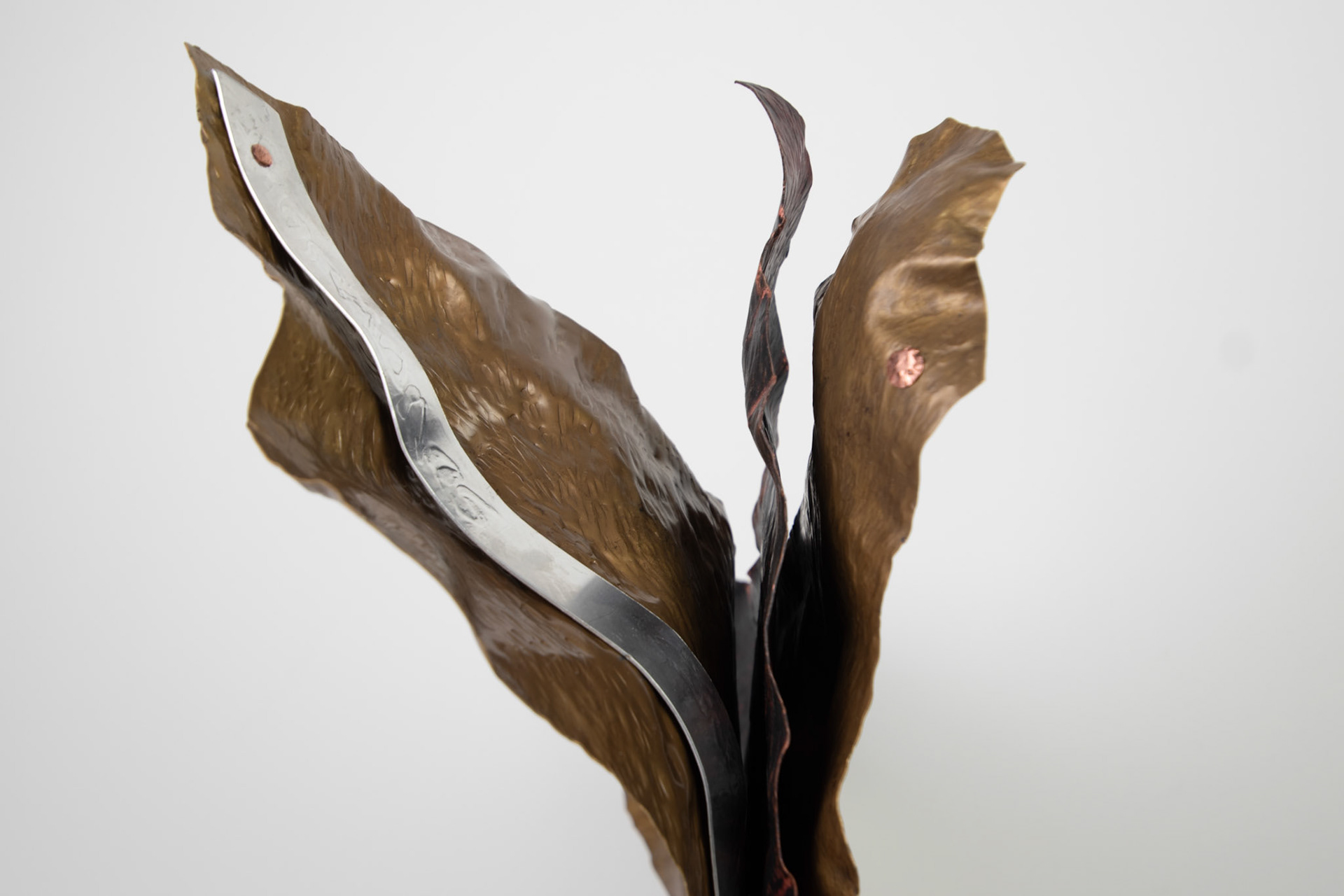
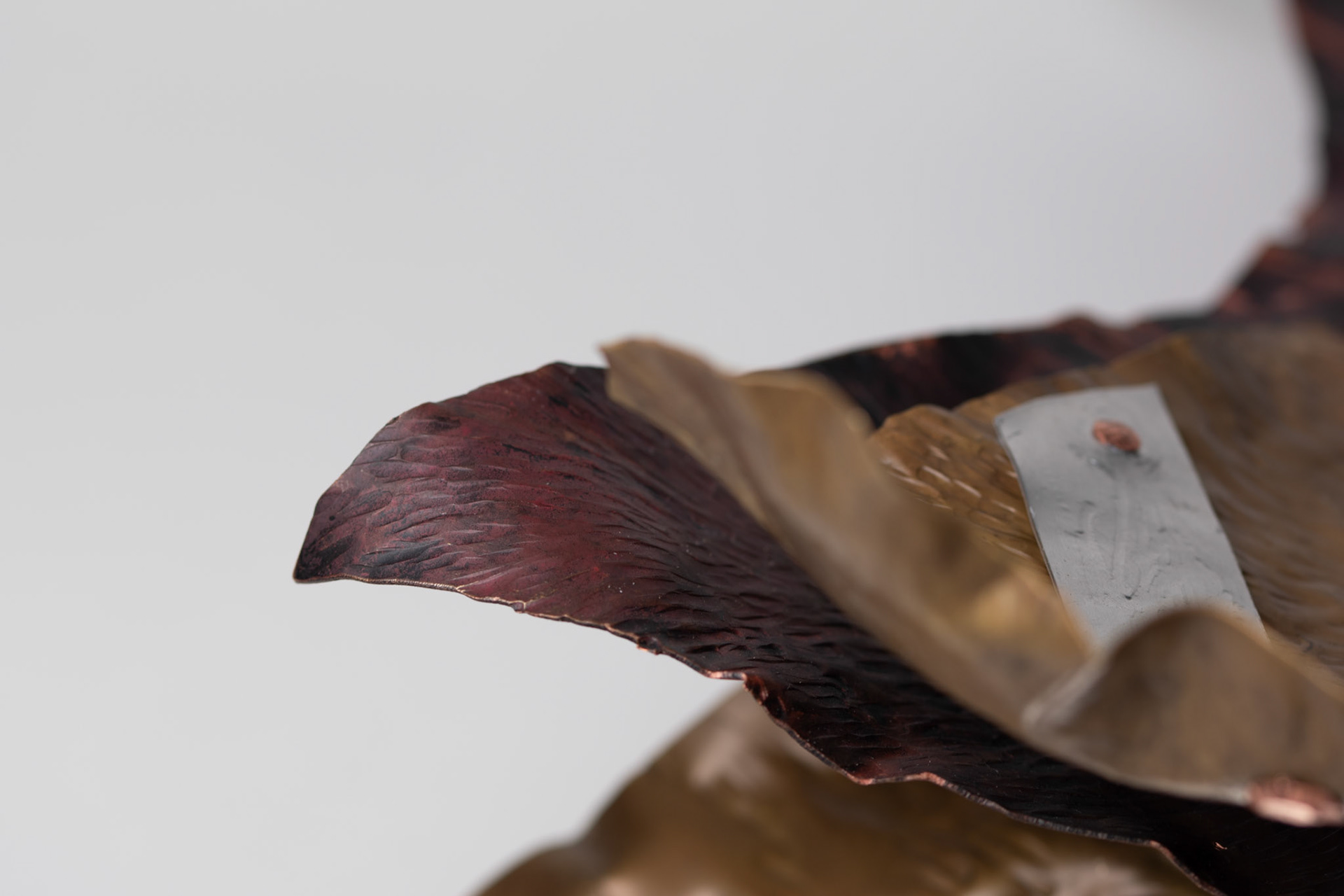
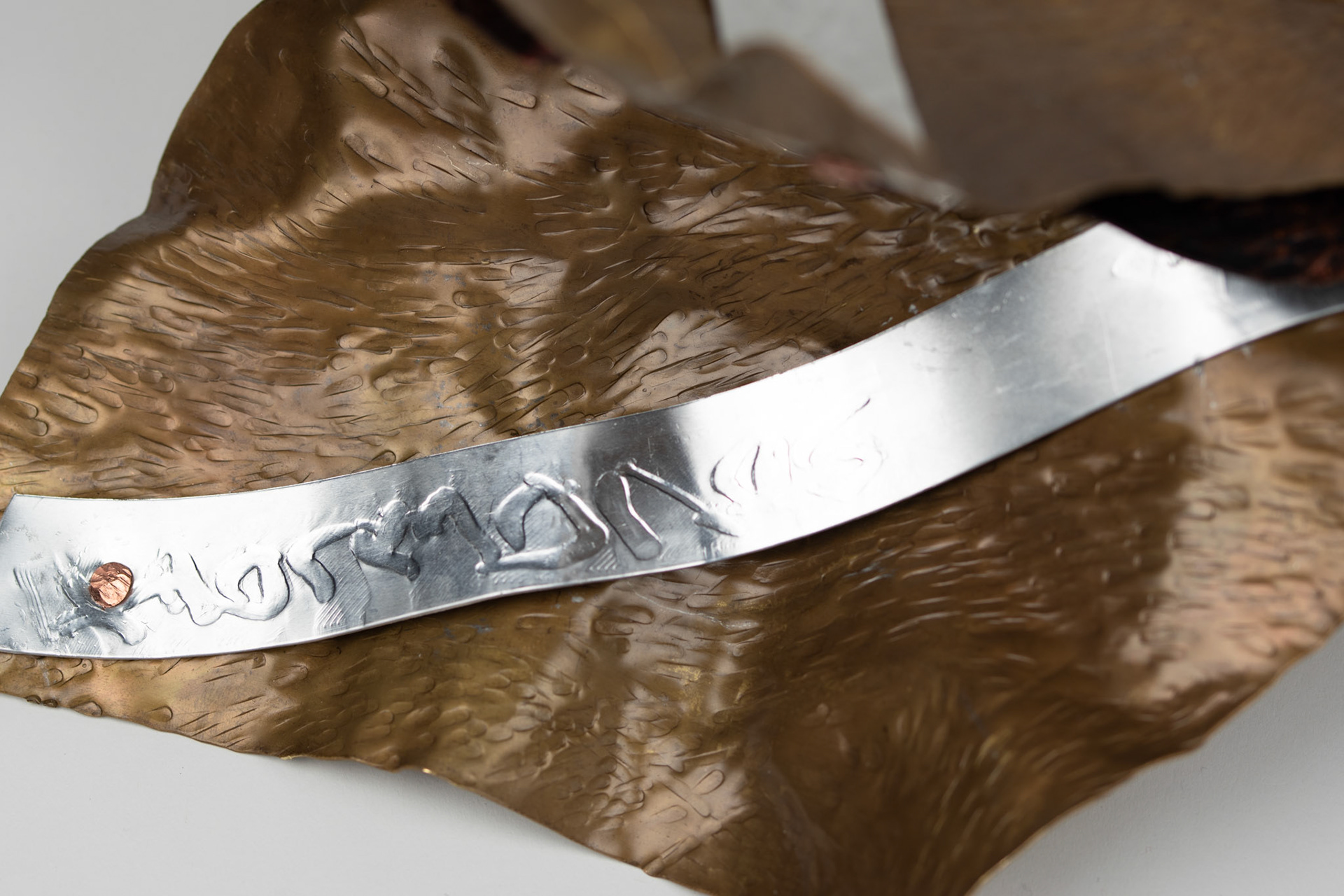
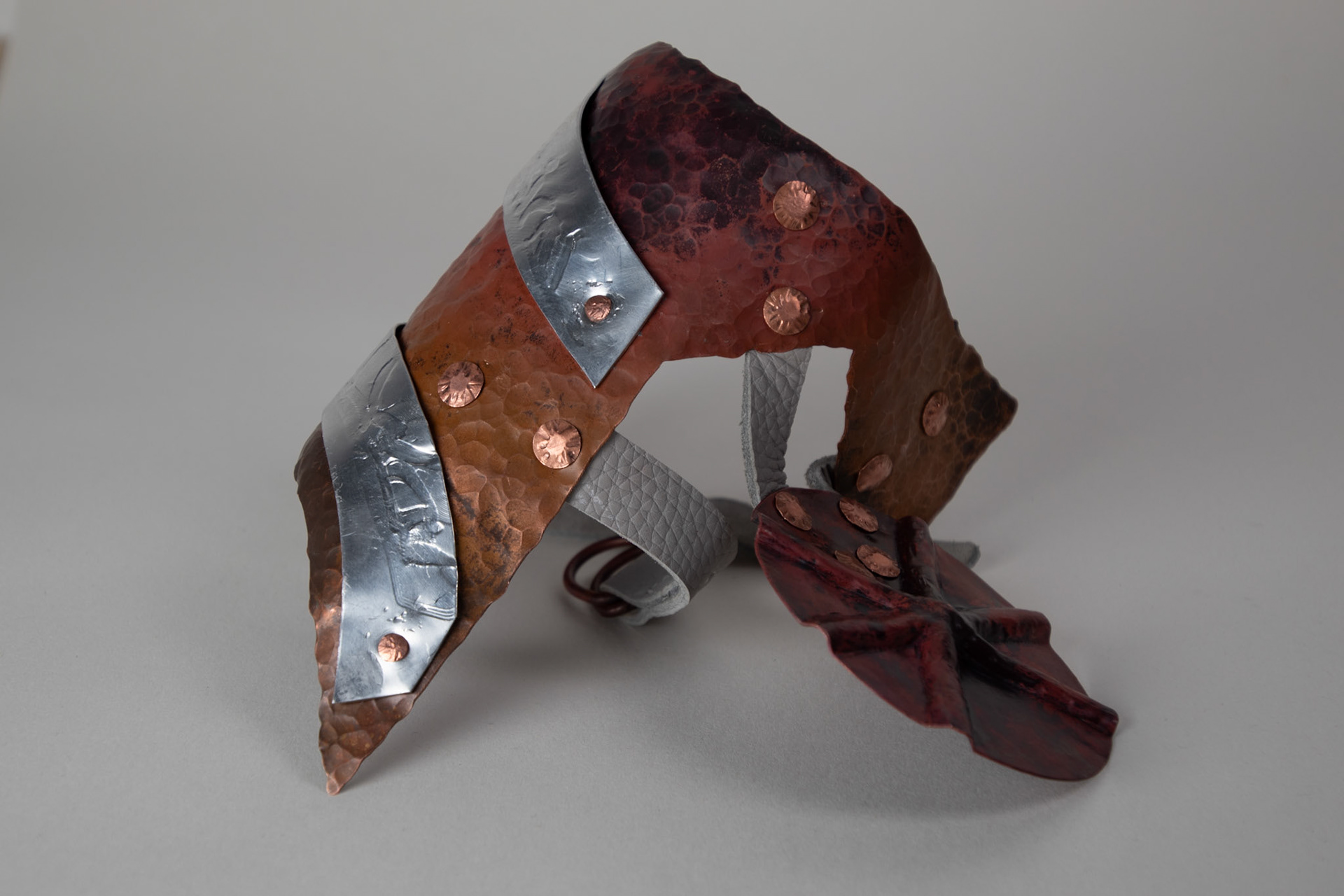


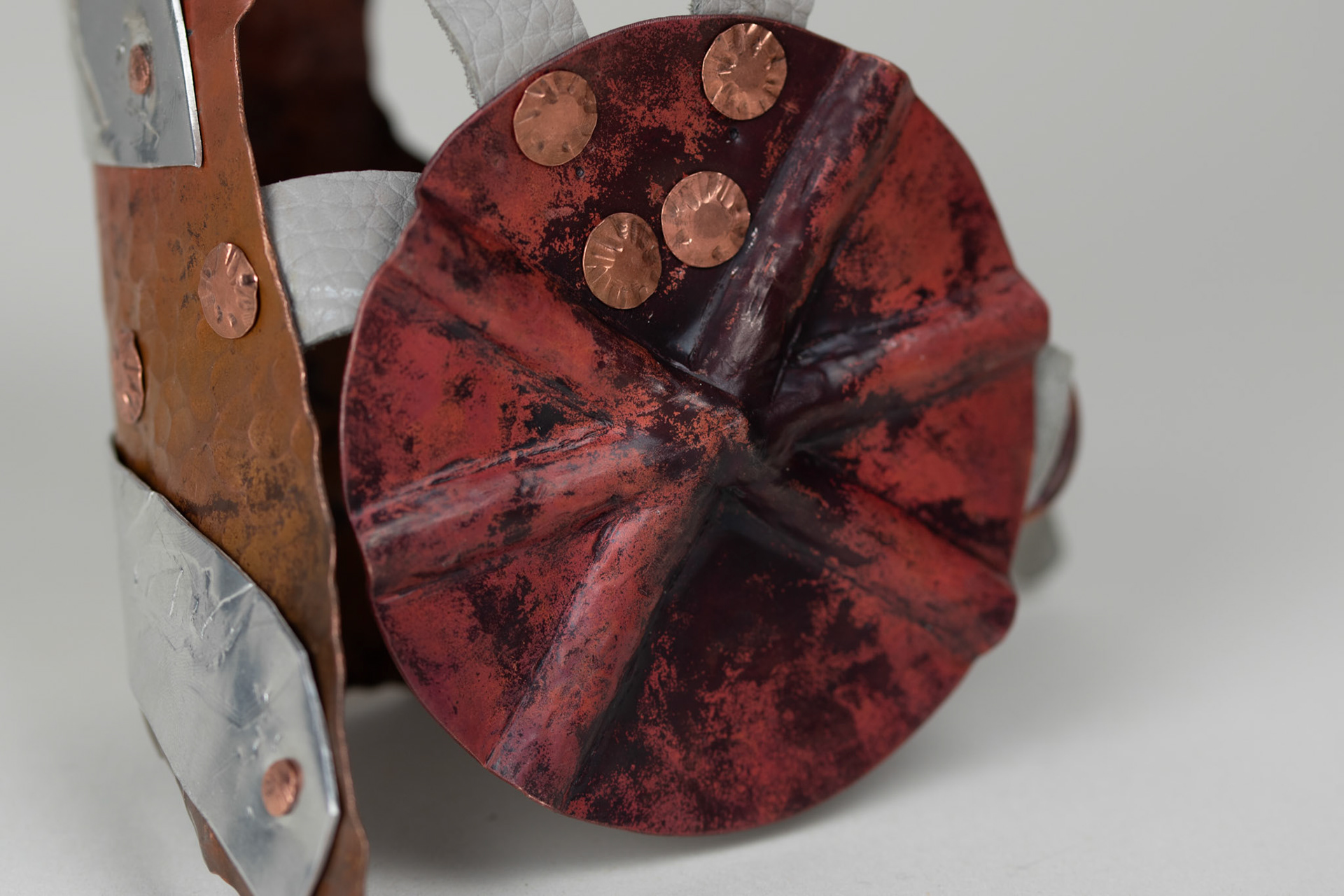
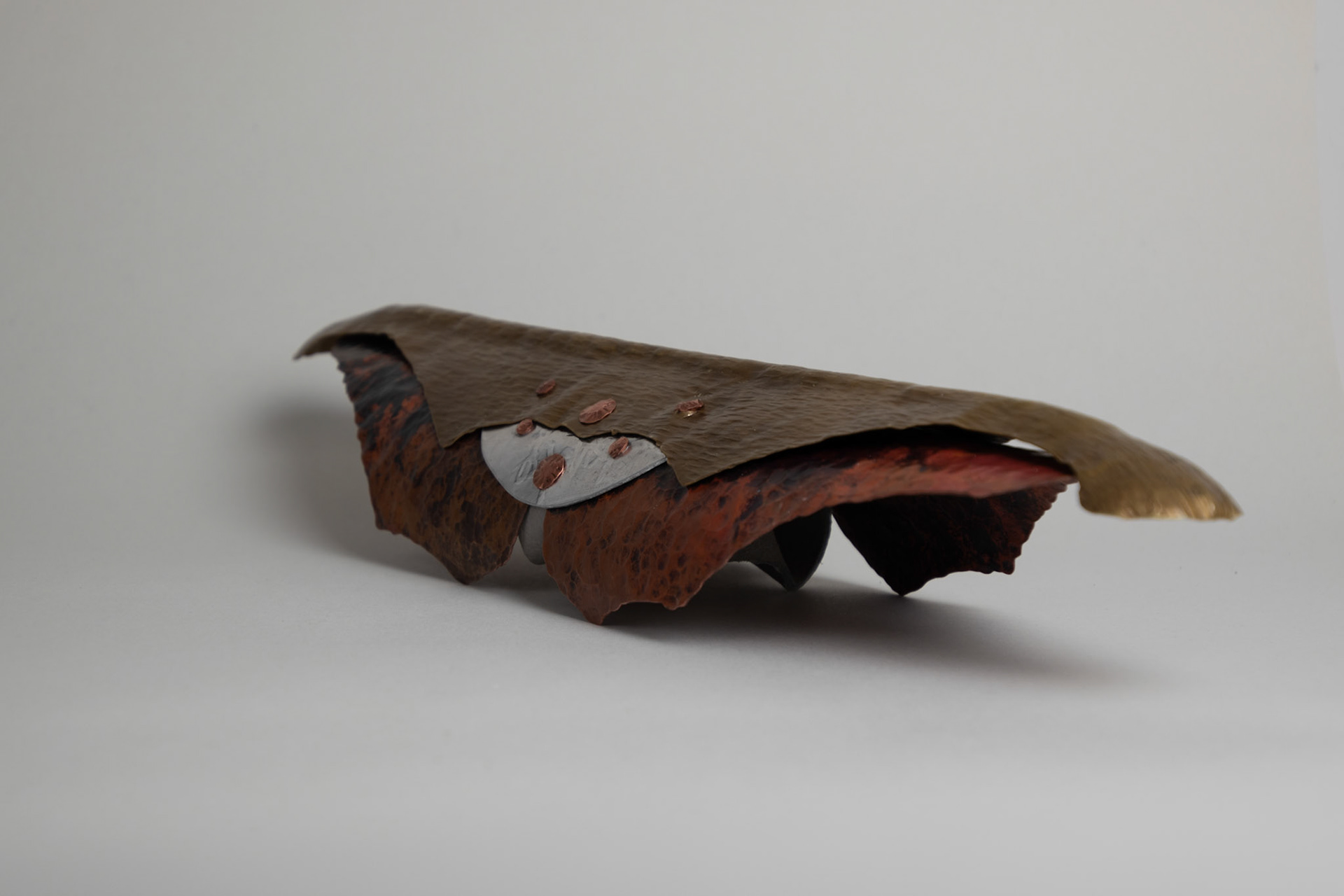
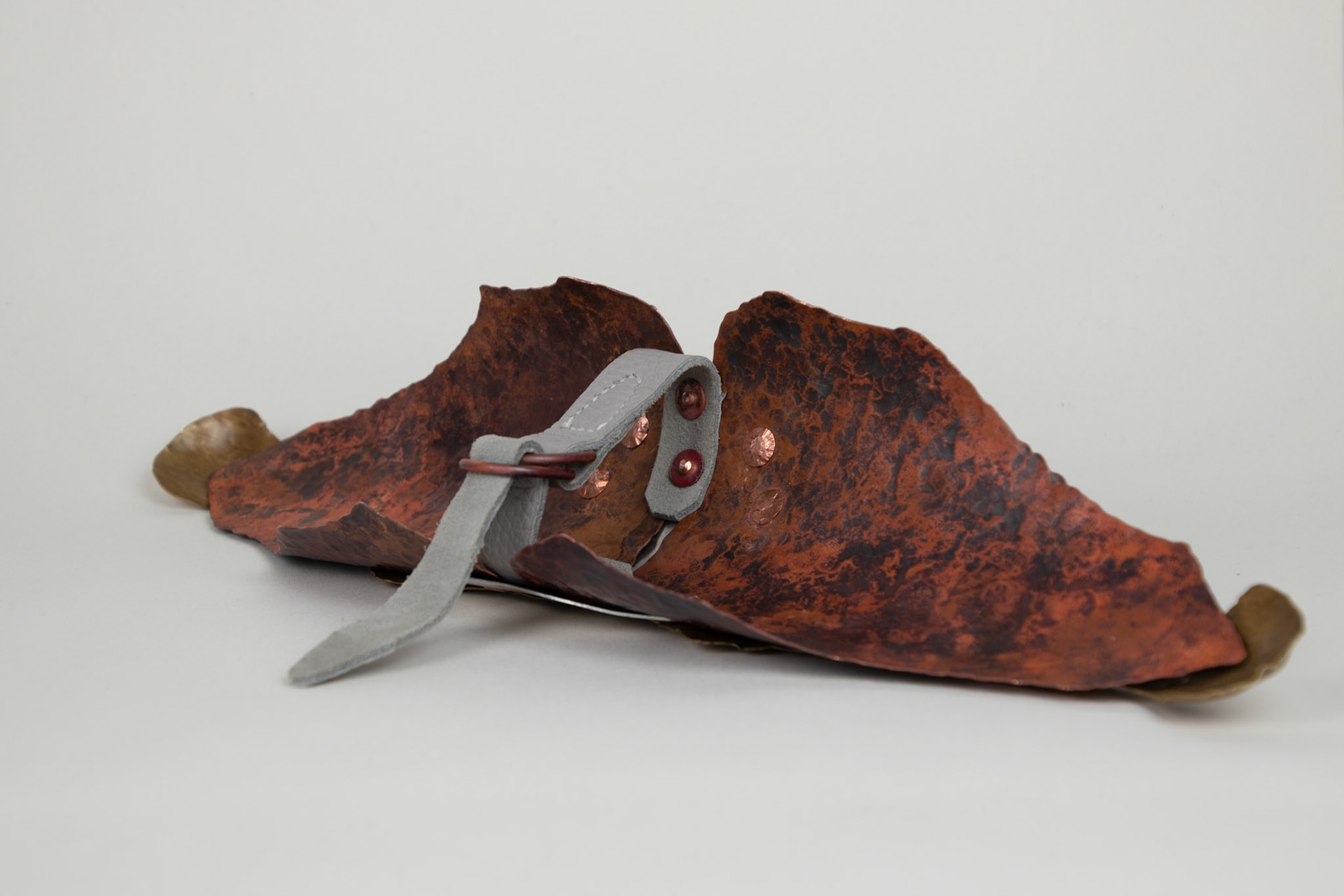
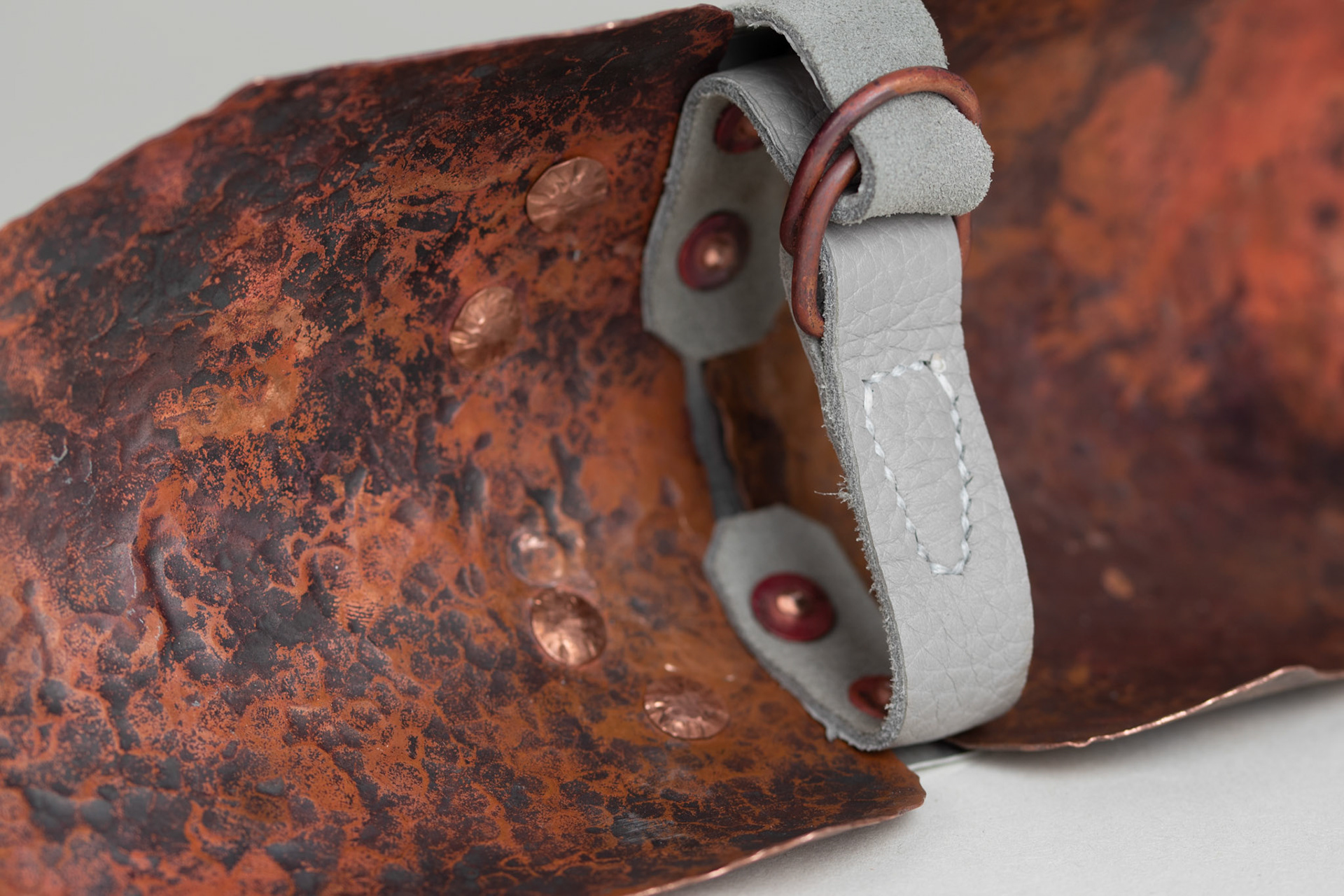


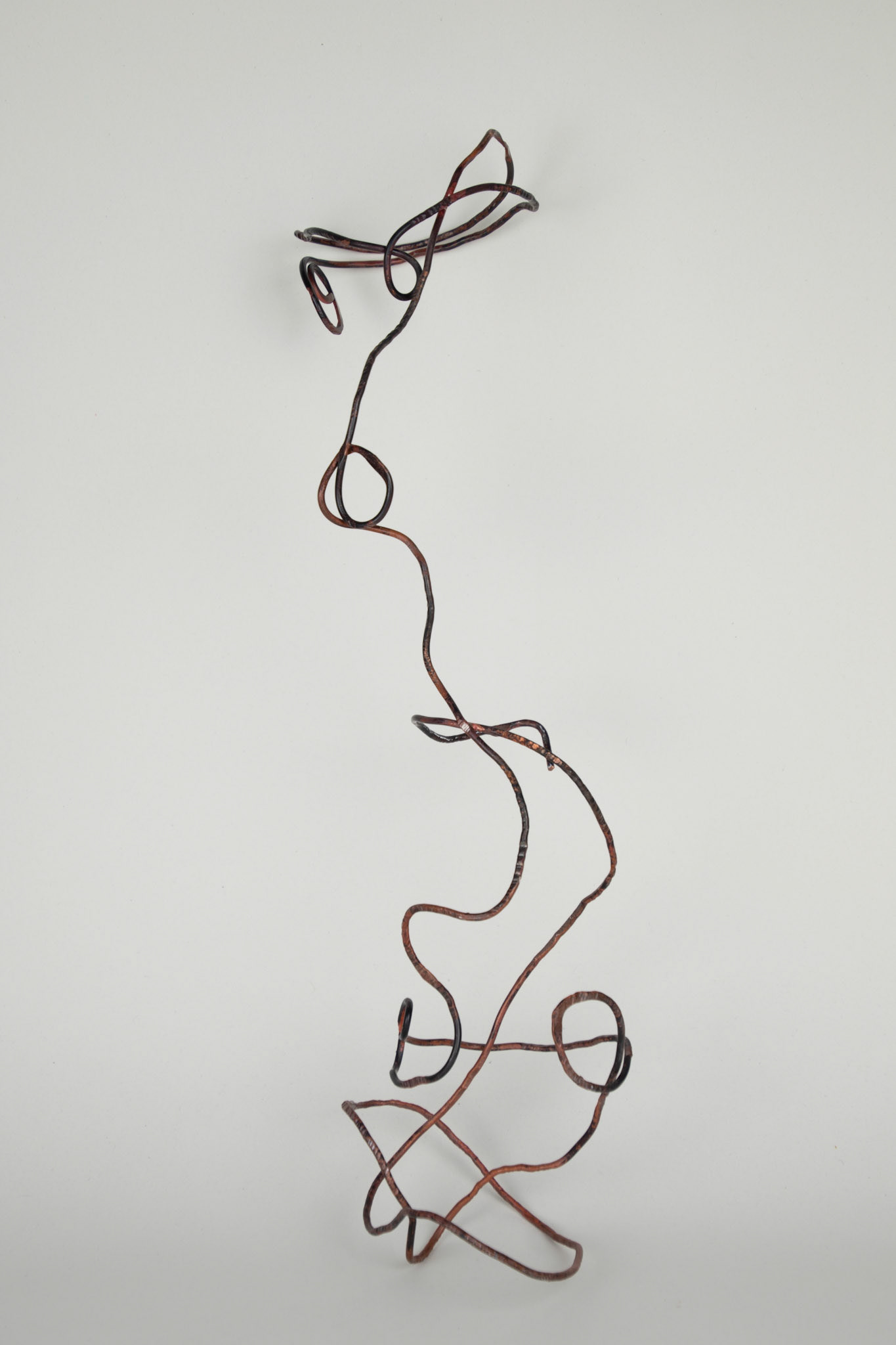
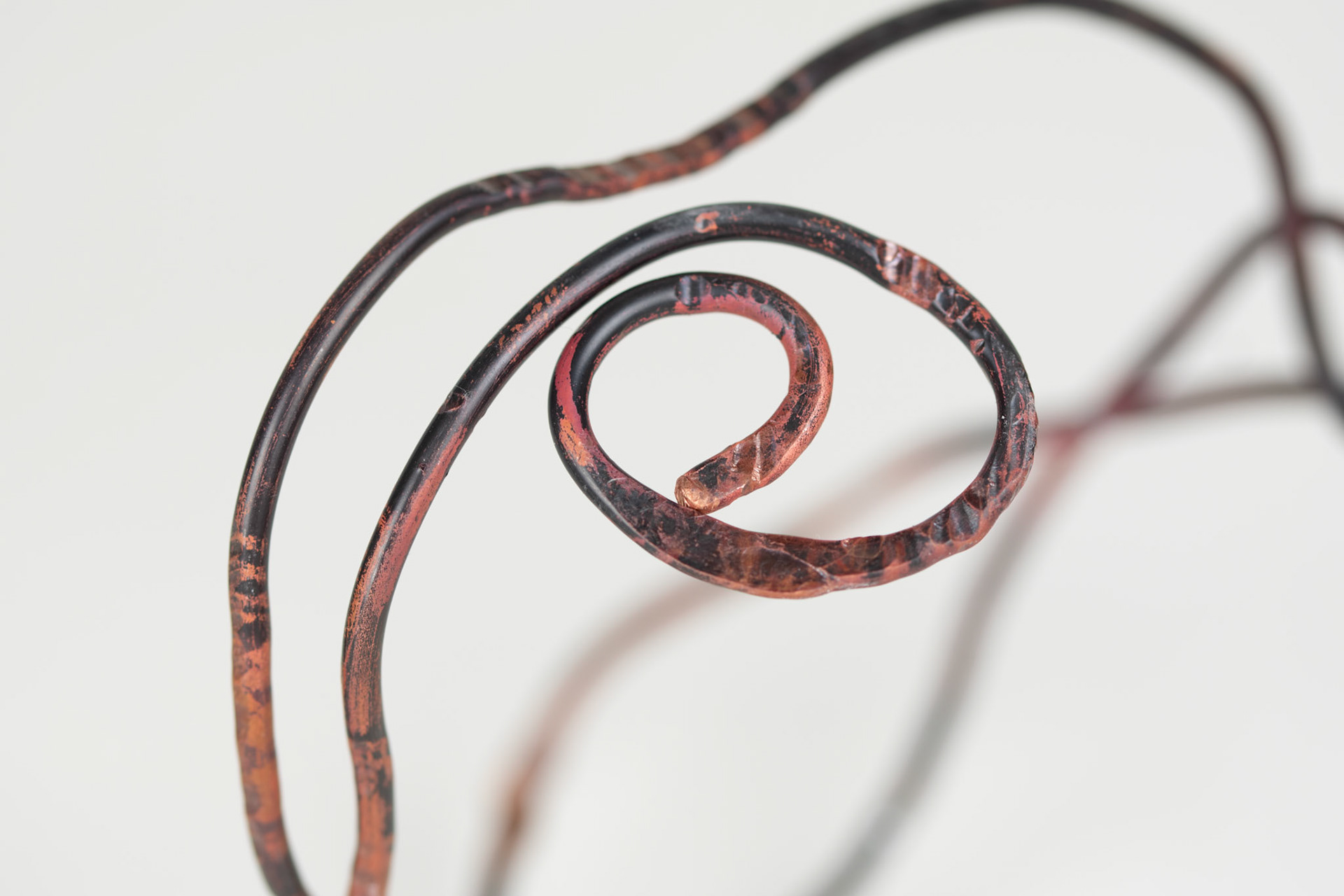
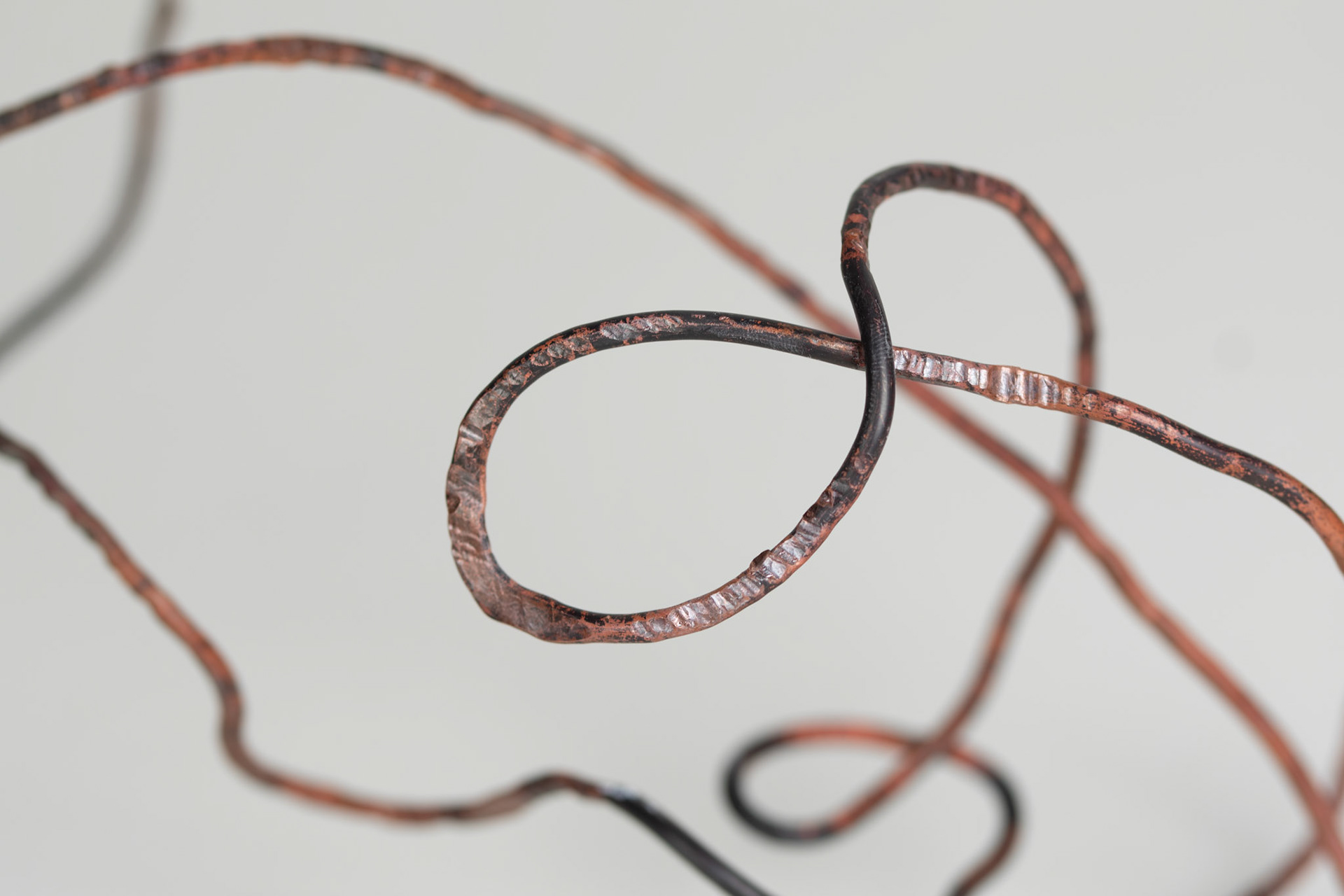
Project proposal
I sought to explore the relationship between vulnerability and protection though wearables. I drew inspiration from European Medieval armour, extracting key forms. Additionally, I studied the historical importance of adornment to showcase power and investigated reversing this to display the wearer’s vulnerabilities. The piece sits on top of the shoulder seeking to broaden and draw attention to my own personal insecurities. Furthermore, debossed script from my personal diary adorns the armours surface.
Progressing this work further would include generating a body of work that sits alongside the main piece. This will build out my portfolio towards a collection that could be presented at exhibition. I think that creating a range with differing price points would expand my customer base. These additional pieces would explore reducing scale, extracting the different forms and textures. I would investigate the pieces impact by placing insecurity onto the wearer in everyday life.
Reflection
During this project my main aim has been to develop my technical understanding and skill set to create a refined and considered piece. One large element that I have progressed is the inclusion of script into my work. Reflecting on my previous work utilizing script I found that the standardisation of type face using stamps or digital fonts reduced the emotion behind the writing. I wanted to emphasise the feeling behind the script that is extracted from my personal diary. I explore the effects of music on my writing process to transform it into a dance which I could express through every stroke of the ink pen.
I invested time into practicing my riveting skills to ensure that the connections between materials and elements looked considered and meaningful. Additionally, I experimented with different ways to finish my leather working to ensure that this was fit for use whilst complementing the overall piece.
A key area that I developed was the texturing of the copper and brass sheets. I explored using different shaped hammers as well as chasing tools to deform the metals surface. I found that I was most drawn to finish the chasing tools created. However, the scale that I chose to make my final piece meant that this wouldn’t have been viable due to the large investment of time it would have taken to hammer in the texture. Therefore, I used a ball peen and riveting hammer to create larger marks.
One of my priorities during the project was integrating and considering the presentation of my work. A new area of my practice I explored was working with body casting to build a form to present my work on. Creating the cast enabled me to design directly onto the form of the body using paper to template design ideas. Working alongside the technician I went through the process of creating a two-part alginate and plaster mould of my shoulder to wrist, which I used to make a hessian and plaster cast. This is a process I have had limited experience with but believe further practice and exploration into the different possibilities of the process will help me progress my presentation style.
An area that I struggled with during the making of my final piece was forming the sheet metal into the desired shapes. I raised aluminium to create mock-ups of the final form and used the cast to constantly check the progress and work out where needed adjustments. Raising was one of the skills I had little experience with and feel that I could do with refining this further through testing simpler forms.
In my opinion the interaction between the different elements could have been more considered as in some areas the overlaps feel forced and unintentional. Additionally, when using symmetry in my designs I think that using templates, guides and jigs would increase the accuracy of my final outcomes.
In the future I would like to explore creating a collection with a large statement piece that is accompanied by smaller more commercial wearables.


